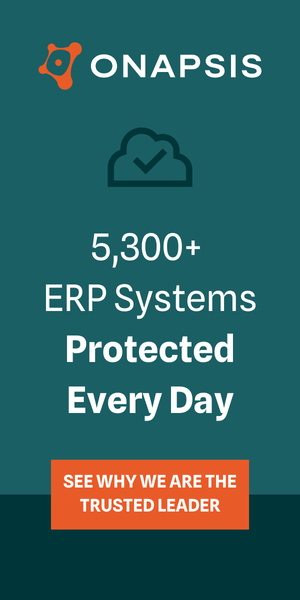In the evolving landscape of software development, the demand for faster, reliable and efficient testing processes is growing exponentially, year over year. The popularity of cloud computing has exploded and cloud software is “eating the world,” as one analyst put it.
It doesn’t matter the industry, the nation, the size or type of company; everyone is on a similar journey of finding and executing their ideal tech stack. But, while every new platform promises to “maximize efficiency” and “streamline processes,” it’s often a process of trial-and-error to find what really works for each individual company.
The cloud is exploding and test automation, as well as AI, are rising up to meet the world’s QA demands.
The automation of testing has emerged as an underrated game-changer in recent years. Why? Because it enables organizations to accelerate their software development life cycles while maintaining the highest quality standards. In a competitive world in which the only constant to the global market is change, this kind of reliable control over internal environments is extremely valuable.
Gone are the days of complicated excel sheets, late night phone calls and dragging your heels to the office on a Saturday to fix a problem. No-code test automation, via drag-and-drop visual interfaces, allows for an unprecedented level of control and precision when it comes to testing. Test automation is accomplishing a new standard of productivity, and here’s how:
AI and Machine Learning-Powered Test Automation
AI and machine learning (ML) have significantly impacted the world of automation. AI-powered automation frameworks leverage ML algorithms to automate repetitive testing tasks, enabling teams to focus on critical and complex scenarios. With the ability to self-learn and adapt, AI-driven automation tools enhance test coverage, identify patterns and optimize test scripts, resulting in more efficient testing processes and improved test coverage.
The most groundbreaking aspect about AI-enabled automated testing is the technology’s ability to analyze data independently, as well as discover defects automatically. These advances are far beyond the scope and scale of the ability of a manual tester, or more traditional test automation that does not include AI.
Continuous testing
Continuous Testing has emerged as a crucial component within DevOps culture. It involves automating test cases throughout the development pipeline, ensuring that software is constantly tested and evaluated for functionality, performance and reliability. Continuous integration and continuous delivery (CI/CD) pipelines integrate automated tests into the software development process, streamlining feedback loops and enabling faster identification and resolution of defects.
Test data automation
Test data management has often been a bottleneck in test automation, as the creation and management of test data can be time-consuming and error-prone. Test data automation addresses this challenge by automating the process of generating, provisioning and maintaining test data sets. It allows testers to quickly create realistic test data scenarios, reducing the dependency on manual data setup and expediting test execution cycles.
Cross-browser and cross-device testing
With the proliferation of various devices and browsers, ensuring compatibility across different platforms has become increasingly essential. Cross-browser and cross-device test automation tools enable testers to validate application functionalities across multiple browsers, operating systems and devices simultaneously. These tools provide real-time insights into how the application performs in different environments, significantly reducing the effort required for manual testing on various configurations.
At Opkey, we like to call the current state of highly complex digital environments “SaaS Mess.” SaaS mess is real, and it can make testing a nightmare. It’s not only each individual service or platform that needs to be tested; it’s every single interconnection between every single platform. Test automation, used for robust end-to-end integration testing, can automatically carry out the required tests without unnecessary time wasted going through each interconnection.
No-code test automation
Traditionally, automated testing required a certain level of coding skills, limiting its accessibility to skilled developers or testers. However, no-code test automation frameworks have democratized the testing process by enabling users with minimal coding knowledge to automate test cases. These tools often provide visual interfaces, drag-and-drop functionality and predefined actions, making test automation more user-friendly and increasing the efficiency of testing teams.
If you’re still testing your processes manually and still gathering massive amounts of data into eExcel sheets that need monitoring around the clock, by my maths you’re probably about exhausted enough for a better solution. Test automation does not have to replace the jobs and expertise of testers; rather it augments and perfects those skills. Gartner recently reported that system downtime costs a company an average of $300,000 per hour. Ouch. Mistakes are not an option, and test automation has evolved to ensure maximum productivity and quality in your environment.





